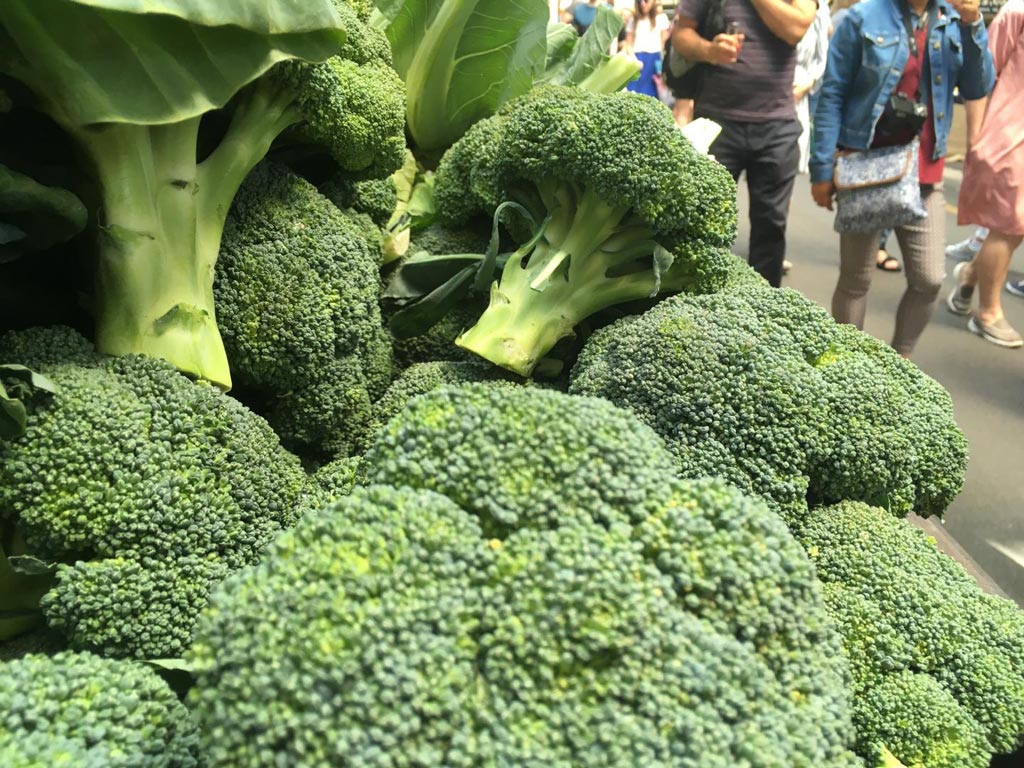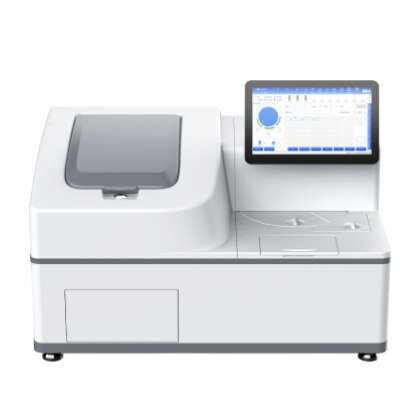Broccoli Extract Shows Potential as Diabetes Treatment
By LabMedica International staff writers
Posted on 27 Jun 2017
Research carried out with animal models and with an obese human population has shown that a natural constituent of certain types of cruciferous plants has potential for treating type II diabetes.Posted on 27 Jun 2017
Investigators at the University of Gothenburg (Sweden) analyzed the pattern of gene expression associated with type II diabetes and compared it to the gene signatures for thousands of drug candidates to find compounds that could counteract the effects of diabetes. The leading candidate from this analysis was sulforaphane, a natural compound found in broccoli and other vegetables.

Image: Research of broccoli extract shows potential as diabetes treatment (Photo courtesy of Margareta Gustafsson Kubista, University of Gothenburg).
Sulforaphane is an organosulfur compound that has been found to exhibit anticancer, antidiabetic, and antimicrobial properties in various experimental models. It is obtained from cruciferous vegetables such as broccoli, Brussels sprouts, or cabbages. The enzyme myrosinase transforms glucoraphanin, a glucosinolate, into sulforaphane upon damage to the plant (such as from chewing). Young sprouts of broccoli and cauliflower are particularly rich in glucoraphanin.
The investigators reported in the June 14, 2017, online edition of the journal Science Translational Medicine that sulforaphane suppressed glucose production in hepatic cells by nuclear translocation of the protein nuclear factor erythroid 2–related factor 2 (NRF2) and decreased expression of key enzymes in in the glucose synthesis pathway. Moreover, sulforaphane reversed the disease signature in the livers from diabetic animals and attenuated exaggerated glucose production and glucose intolerance by a magnitude similar to that of diabetes drug metformin.
In a clinical trial, sulforaphane-containing broccoli sprout extract was found to be well tolerated and improved fasting glucose in human patients with obesity and dysregulated type II diabetes. The concentrated broccoli sprout extract reduced fasting blood glucose and glycated hemoglobin (HbA1c) levels.
"There are strong indications that this can become a valuable supplement to existing medication," said senior author Dr. Anders Rosengren, docent in metabolic physiology at the University of Gothenburg. "Sulforaphane targets a central mechanism in type II diabetes and has a mild side-effect profile. As functional food, it can reach the patients faster than a medication, and it is also an interesting concept from a diabetes perspective where diet is central."
Related Links:
University of Gothenburg













